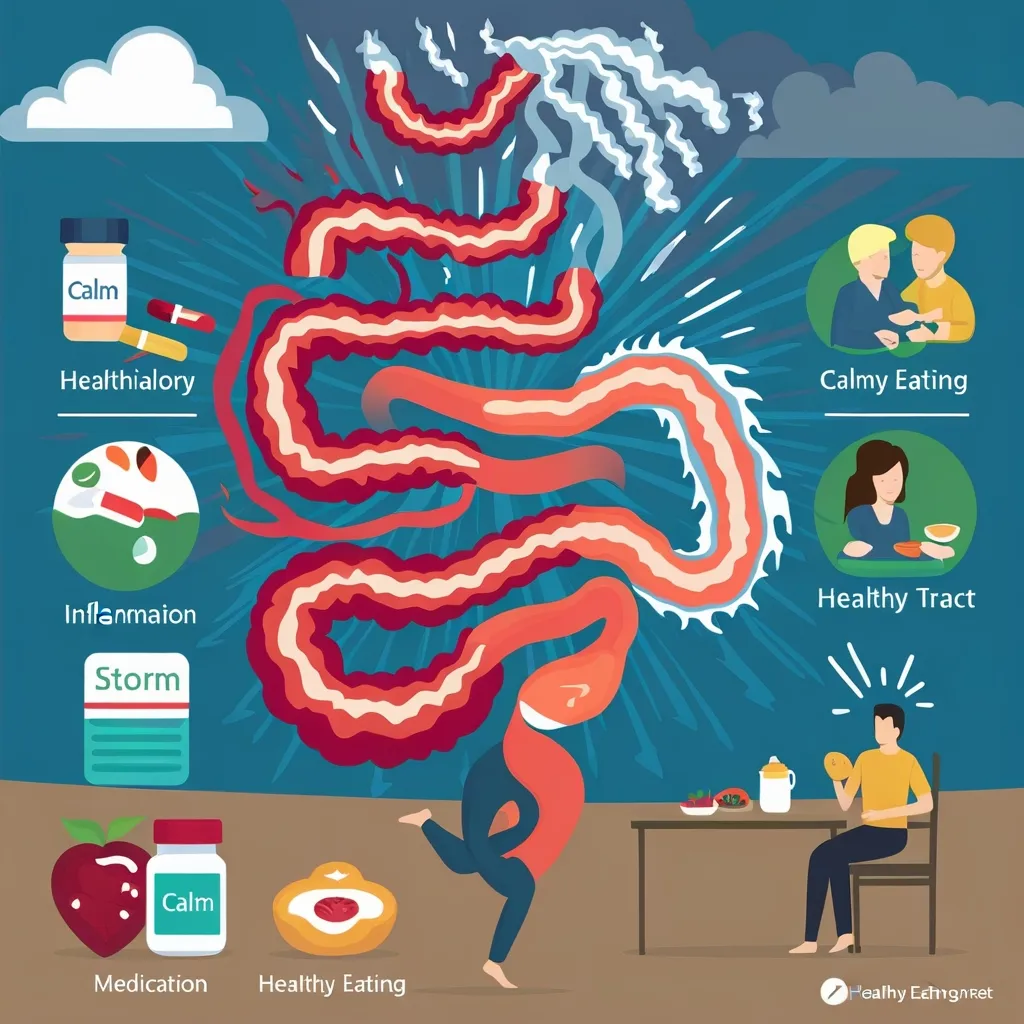Imagine you’re going about your day, maybe sipping your favorite coffee, and suddenly something feels off. A stroke can hit anyone, anytime, and it’s an emergency you shouldn’t ignore. When blood flow to the brain is cut off by either a blockage or a burst vessel, the brain cells start to die because they’re not getting the oxygen and nutrients they need. This can result in serious damage, so spotting the signs early is crucial and can make a huge difference in outcomes.
One of the telltale signs of a stroke is sudden numbness or weakness, especially on one side of your body. Picture this: you’re trying to smile at a joke, but one side of your face droops, or you’re reaching for something and one arm doesn’t cooperate. That’s your body raising a red flag.
Confusion and difficulty with speech are also major indicators. Imagine you’re in the middle of a conversation, and suddenly, your words are jumbled, or they come out slurred. If you find yourself unable to understand what someone’s saying, it’s time to pay attention. Speech that sounds strange or words that don’t come out right are serious warning signs.
Your vision can also give clues. Facing sudden trouble seeing from one or both eyes, dealing with double vision, or experiencing blurred vision are signs you shouldn’t ignore. If the world suddenly looks hazy, it’s best to seek help right away.
Balance and coordination issues are another red flag. Have you ever felt like the ground just vanished and you’re about to fall for no clear reason? Sudden dizziness or a severe loss of balance can signal a stroke. It’s crucial to get medical help if you’re stumbling or can’t stay upright.
A sudden, harsh headache, the kind that hits like a thunderclap and feels different from any headache you’ve had before, may be another symptom. This isn’t the time to chalk it up to stress or migraines—seek medical attention.
Other, less obvious symptoms include general weakness, disorientation, memory problems, fatigue, nausea, or vomiting. While these can be subtle, they’re important signs that something isn’t right.
Remember the acronym FAST; it’s a lifesaver:
- Face: If you ask someone to smile and one side droops, that’s a problem.
- Arms: If both arms are raised, but one drifts down, take note.
- Speech: If a person’s speech is slurred or strange, act fast.
- Time: Don’t waste a second. Call 911 immediately if you notice any of these signs.
Time is brain when it comes to a stroke. The sooner you get medical help, the better the chances of minimizing damage and avoiding long-term disabilities or death. Never wait to see if symptoms disappear; dial emergency services instantly.
Sometimes symptoms vanish quickly. This might be a transient ischemic attack (TIA), or a ‘mini-stroke.’ While TIAs are short-lived, they indicate a major stroke could be on its way, so seek medical help even if everything seems normal afterward.
The effects of a stroke can differ widely. Depending on the area and amount of brain damage, someone might face temporary or permanent issues like paralysis, speech and swallowing troubles, memory loss, emotional changes, or pain. Early rehab therapy can restore some functions, but quicker treatment means better chances.
Preventing strokes is equally vital. Keep an eye on high blood pressure, high cholesterol, smoking, obesity, physical inactivity, heavy drinking, and poorly managed diabetes—they all increase stroke risk. Making healthier lifestyle choices, like following a balanced diet, regular exercise, and managing chronic conditions, can significantly cut down your risk.
In a nutshell, recognizing stroke symptoms and acting immediately could save lives and reduce long-term damage. If you or someone around you experiences these warning signs, don’t hesitate—call for emergency medical help straight away. The quicker you respond, the better the chances of a positive outcome.






